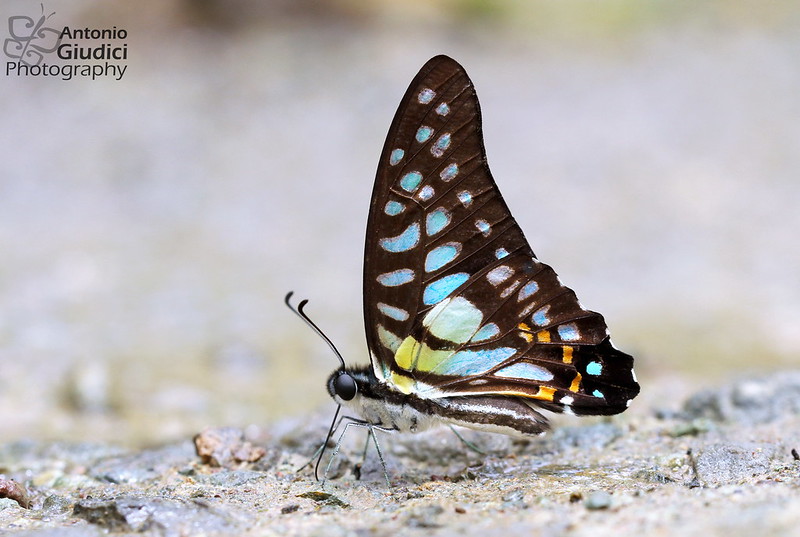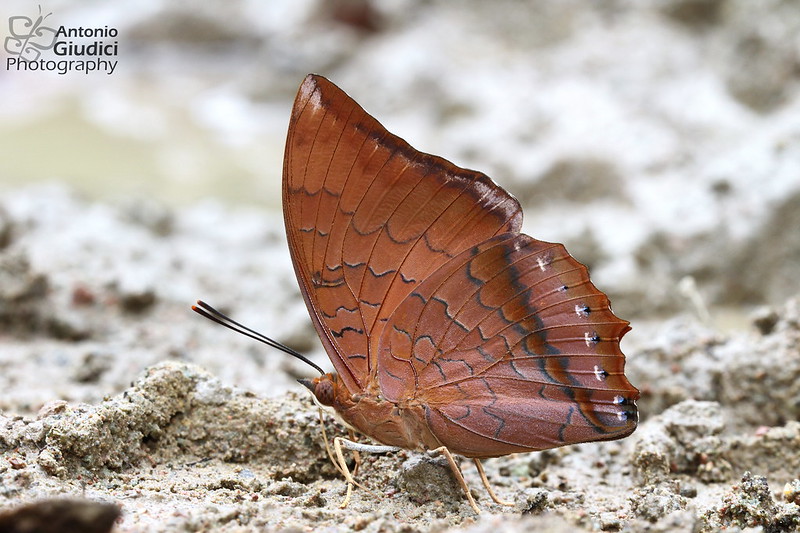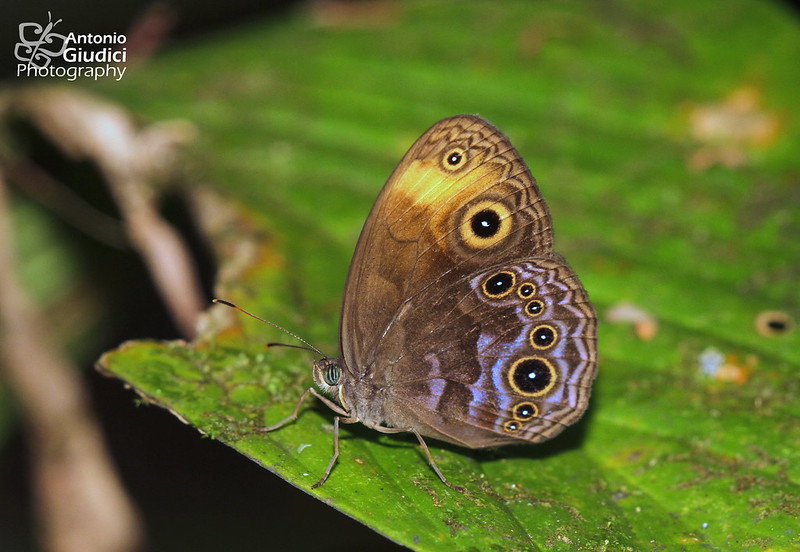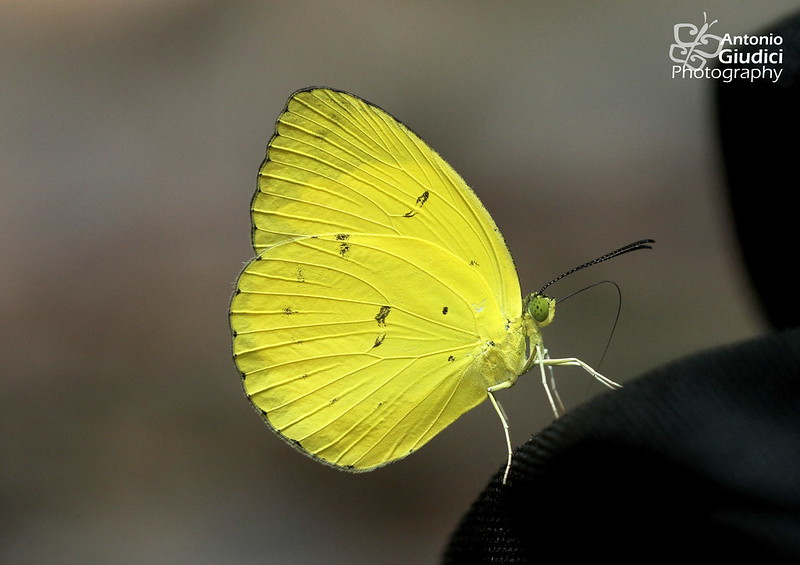Thank very much for the detailed explanations, Seow.
My last two.
LD18) An
Idmon species. The width of the orange band suggests
I. latifascia, but then it makes me question on the id of the
Idmon I saw in Maliau,
http://www.samuibutterflies.com/expe...monlatifascia/, identified as that species at the time. I now wonder if it was the Bornean ssp. of
I. obliquans.
LD19) My best guess is the underside of
Pemara pugnans, but I am not sure.
As this is my last post on this thread, that I know of anyway, I would like to express my gratitude to LC for organising the trip, and for putting us up overnight, before and after the Tawau-KL flight, and to Marcus and Antonio for their entertaining companionship.





 Reply With Quote
Reply With Quote
 -
-







